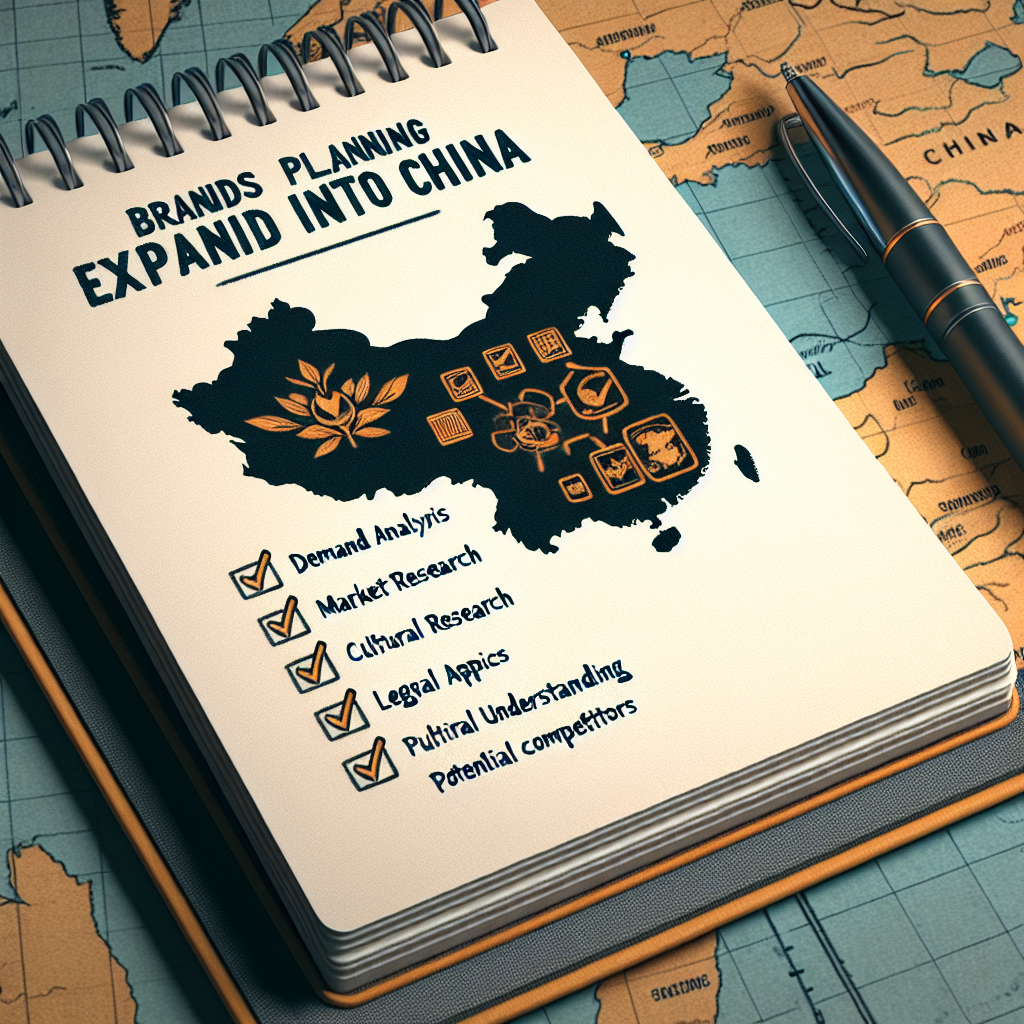East Meets West: Navigating the Complex Landscape of Influencer Marketing in China vs. The West
Executive Summary: Influencer marketing has become a cornerstone of digital strategies worldwide, yet its execution varies significantly between China and the West. This article explores these differences, examining the cultural, technological, and strategic nuances that define influencer marketing in each region. With insights from industry experts and real-world case studies, we provide actionable strategies for brands aiming to successfully penetrate the Chinese market.
Understanding the Landscape of Influencer Marketing
The rise of influencer marketing has been meteoric, shaping the way brands connect with consumers around the globe. However, the approach to influencer marketing in China differs markedly from that in the West. While both regions value authenticity and reach, the platforms, consumer behavior, and regulatory environments create distinct environments in which influencers operate.
In the West, platforms like Instagram, YouTube, and TikTok dominate the influencer scene. Influencers, often categorized by their follower count (micro, macro, and mega), collaborate with brands to promote products through sponsored content. In contrast, China’s influencer marketing landscape is heavily influenced by platforms like Weibo, Xiaohongshu, WeChat, and Douyin (China’s version of TikTok), with influencers or “Key Opinion Leaders” (KOLs) wielding significant sway over consumer decisions.
The Chinese Market: A Unique Ecosystem
China’s digital ecosystem is unique, driven by a large, tech-savvy population and a government that exercises tight control over the internet. This has led to the rise of domestic platforms that cater specifically to Chinese users. These platforms offer integrated services that combine social media, e-commerce, and payment systems, creating a seamless experience for both users and brands.
One of the key differences lies in the integration of e-commerce within social platforms. For instance, live streaming e-commerce is a major trend in China, where KOLs conduct live sessions to showcase products and interact with viewers in real-time. This approach has proven highly effective, as seen in the success stories of brands like Perfect Diary, which leveraged live streaming to rapidly build brand awareness and drive sales.
Case Study: Perfect Diary
- Utilized KOLs on platforms like Xiaohongshu and Douyin.
- Focused on interactive live streaming, allowing real-time engagement.
- Achieved significant market penetration and brand loyalty through strategic influencer collaborations.
Contrasting Strategies in the West
In the West, influencer marketing often emphasizes long-term relationships with influencers to build authenticity and trust. Brands like Glossier and Daniel Wellington have successfully employed micro-influencers to foster genuine connections with niche audiences. This approach contrasts with the high-volume, high-turnover strategy often seen in China, where the focus is more on immediate impact and measurable results.
Western brands also face different challenges, such as navigating diverse cultural expectations and regulatory requirements across countries. This necessitates a more segmented approach, tailoring campaigns to fit regional characteristics and preferences.
Case Study: Glossier
- Builds community-driven marketing strategies through micro-influencers.
- Focuses on authenticity and user-generated content.
- Creates a sense of belonging and brand loyalty through relatable storytelling.
Technological and Cultural Influences
The technological landscape in China supports rapid adaptation and innovation, with consumers quick to embrace new tools and platforms. The cultural context also plays a crucial role; collectivist values in China mean that word-of-mouth and community endorsements carry significant weight, making influencer recommendations particularly powerful.
In contrast, Western consumers often prioritize individualism and personal choice, leading to a preference for influencers who align with their personal values and lifestyle. This difference in consumer behavior influences the way brands develop and execute influencer campaigns in each region.
Practical Recommendations for Brands
- Tailor Content to the Platform: Understand the unique features and user demographics of each platform. In China, focus on interactive content like live streaming and short videos.
- Engage with Local Influencers: Collaborate with KOLs who have a strong understanding of local culture and consumer behavior to enhance the authenticity of the campaign.
- Leverage Data Analytics: Utilize advanced analytics to measure campaign effectiveness and adapt strategies in real-time.
- Maintain Cultural Sensitivity: Be aware of cultural nuances and ensure that marketing messages resonate with local audiences without causing offense.
- Develop a Long-term Strategy: While immediate impact is important, cultivating long-term relationships with influencers can yield sustained brand loyalty and engagement.
Bridging the Gap
Influencer marketing in China and the West continues to evolve, shaped by technological advancements and shifting consumer expectations. Brands seeking to enter the Chinese market must navigate a complex landscape, balancing the need for rapid impact with the cultivation of authentic connections. By understanding the distinct characteristics of each region and employing tailored strategies, brands can effectively bridge the gap and unlock the full potential of influencer marketing.
As digital ecosystems continue to transform, staying informed and adaptable will be key to success in this dynamic field. Brands that can seamlessly integrate their global strategies with local insights will not only thrive but set new benchmarks in influencer marketing excellence.




